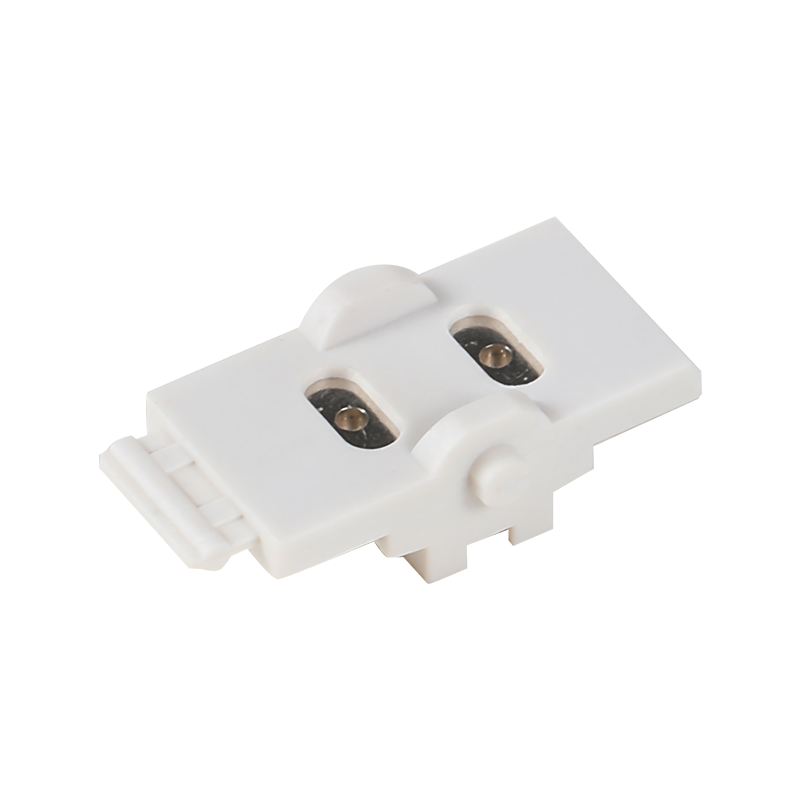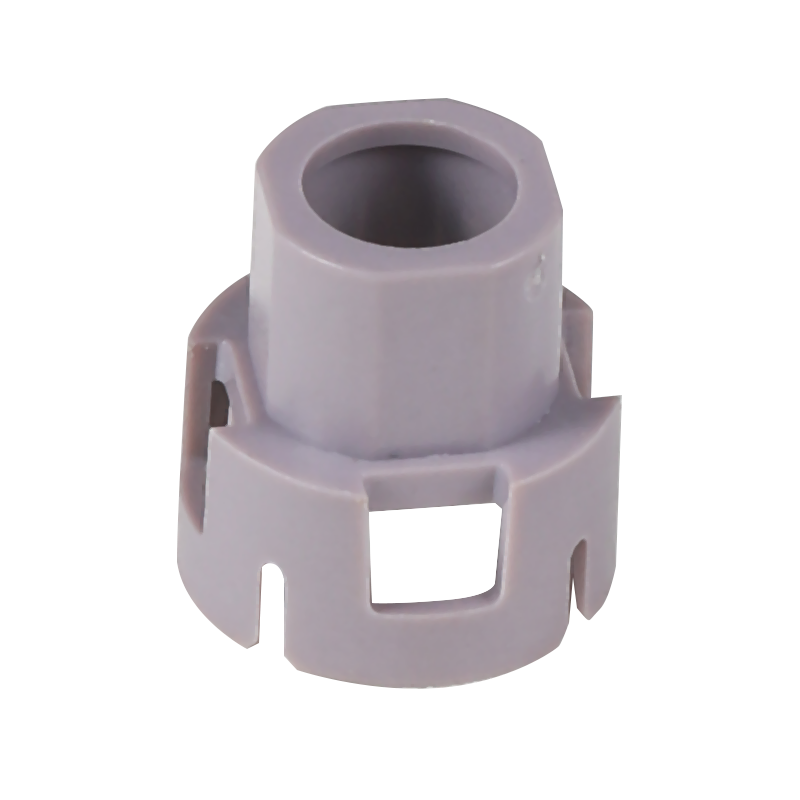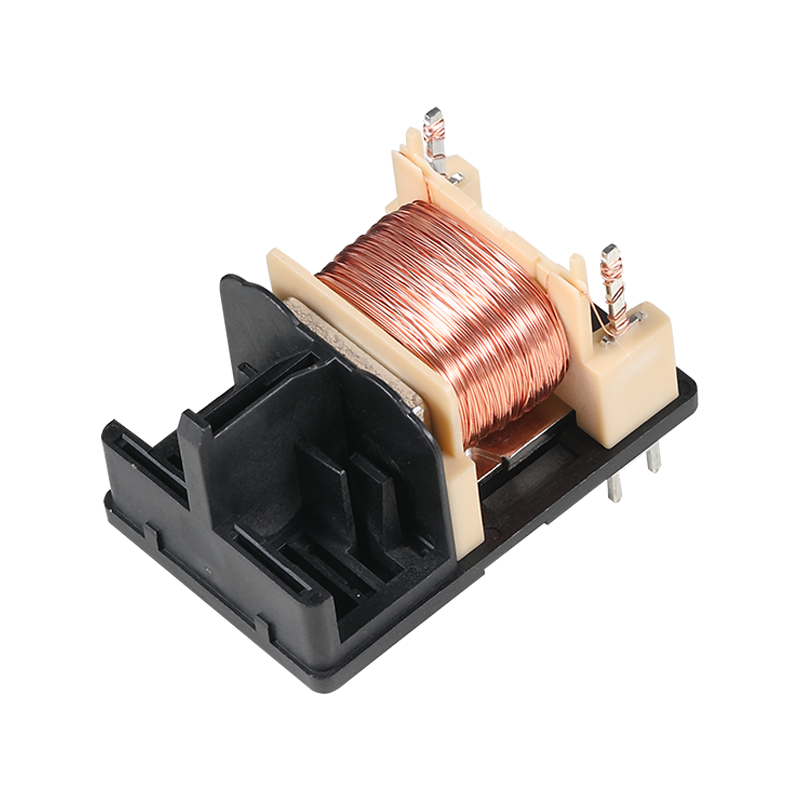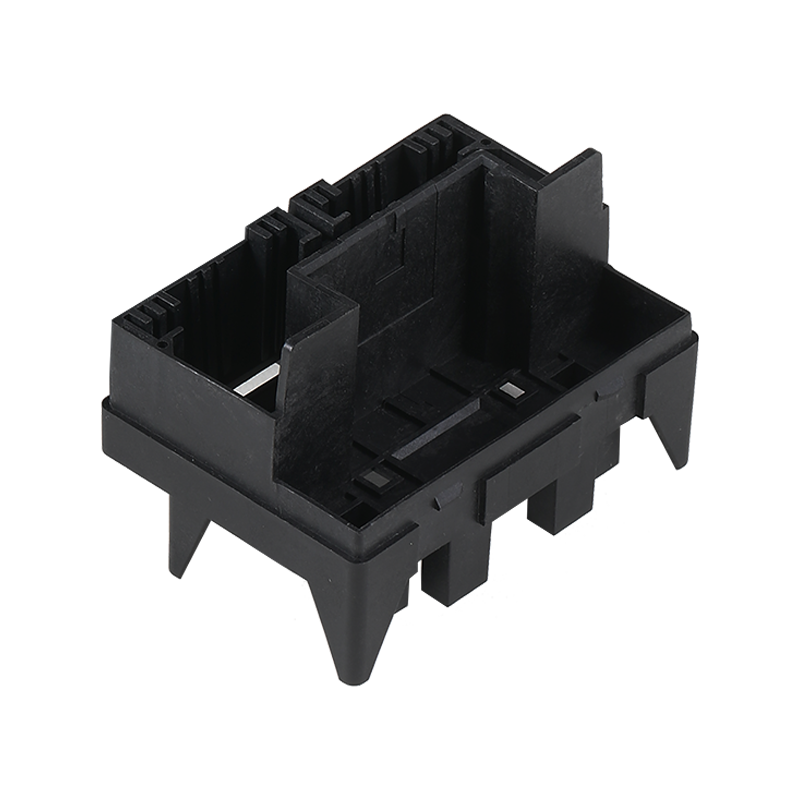
In the fast-paced world of manufacturing, the term "shot volume injection molding" has become a buzzword for efficiency and precision. This method of plastic part production is gaining significant traction as companies look to optimize their processes and reduce waste. Shot volume injection molding, a critical parameter in the injection molding process, refers to the amount of molten plastic that is injected into the mold during each cycle. Its importance cannot be overstated, as it directly impacts the quality, cost, and speed of production.
The injection molding industry is constantly seeking ways to improve its processes, and shot volume injection molding has emerged as a key driver in this quest for excellence. Manufacturers are now leveraging advanced technologies and techniques to better manage shot volume, ensuring that each injection cycle is efficient and waste-free. This focus on precision has led to significant advancements in the production of complex plastic parts, from automotive components to consumer electronics.
One of the primary benefits of shot volume injection molding is its ability to provide consistent part quality. By carefully controlling the volume of plastic injected into the mold, manufacturers can reduce variations in part dimensions and weight, cause a more uniform final product. This consistency is crucial in industries where strict tolerances are required.
In addition to quality, shot volume injection molding also plays a critical role in reducing waste. By optimizing the shot volume, manufacturers can less the amount of excess material that is produced and subsequently discarded. This not only reduces the environmental impact of plastic production but also lowers costs associated with material usage and disposal. As sustainability becomes an increasingly important factor in business practices, shot volume injection molding offers a practical solution for reducing the carbon footprint of plastic manufacturing.
The efficiency gains achieved through shot volume injection molding are also notable. By ensuring that each injection cycle is as efficient as possible, manufacturers can reduce cycle times and increase production output. This is particularly important in high-volume production environments where every second counts. The ability to produce more parts in less time not only boosts productivity but also helps companies stay competitive in a global market.
As technology continues to advance, the capabilities of shot volume injection molding are also expanding. With the integration of smart sensors and data analytics, manufacturers can now monitor shot volume in real-time, making adjustments on-the-fly to optimize the process. This level of control has been a game-changer, allowing for exceptional levels of precision and flexibility in plastic part production.
The adoption of shot volume injection molding is not limited to large-scale manufacturers. Smaller companies and startups are also embracing this technology, recognizing its potential to streamline their operations and improve their products. With the availability of user-friendly software and equipment, even those with limited resources can implement shot volume injection molding techniques to enhance their production capabilities.
Shot volume injection molding is a critical component of modern manufacturing, offering a balance of precision, efficiency, and sustainability. As the demand for high-quality plastic parts continues to grow, the importance of optimizing shot volume will only become more pronounced. Manufacturers who invest in this technology today will be well-positioned to meet the challenges of tomorrow, ensuring that they remain at the forefront of a rapidly changing industry. The future of plastic injection molding is undoubtedly tied to the mastery of shot volume, and those who can harness its potential will lead the way in this exciting and ever-evolving field.

 English
English 中文简体
中文简体 русский
русский









